Cayman Brac and Little Cayman Birds
Wing Tips
Here's a quick guide to spotting some of the most notable avian attractions.
Brown Booby
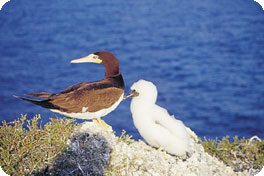 |
Brown booby Resident year-round on the Brac only in small colonies on the eastern and southern bluff. Nesting peaks from November to April, preceded by elaborate courtship displays. After breeding, both parents spend their days fishing at sea, often bringing home their catch to run a greedy gauntlet of magnificent frigatebirds, which pursue them until they release the fish they have caught.
Red-legged thrush A Brac endemic that breeds March-September, when it can be found throughout the island including gardens; rarely seen October-February.
Cayman Brac parrot A Brac endemic and NEAR THREATENED species with an estimated head count of about 400, the emerald, blue, yellow, red and green Brac parrot has its own 180-acre Reserve on the central bluff (see map). They nest March-May; in June the chicks are taking flying lessons and by August (peak viewing time) they're off around the island, feasting on figs and mangoes.
Vitelline warbler Nesting is April-June; look for them along paths on the bluff and in wooded areas of Little Cayman, especially summer and autumn. The Vitelline warbler, like the Cayman parrot is considered internationally as threatened species and is found only on the Cayman Islands and Swan Islands.
West Indian whistling-duck This is the only endemic duck in the West Indies. Shy and nocturnal, sheltering in mangroves by day; sometimes can be seen feeding around dusk on the Brac on Salt Water Pond Marshes. It is common on all the wetlands on Little Cayman.
White-tailed tropicbird Summer breeding resident on the Brac living in colonies on the north-east bluff, where they lay single eggs in crevices in the cliff face; known for spectacular aerobatic dives.
Pied-billed grebe A few pairs of this shy diving bird have recently begun to breed on the wetland lagoon. Breeds all year - nervous parents may carry chicks on their backs.
Red-footed booby The colony of 5,000 pairs, around 20,000 birds, is one of the highlights of Caribbean bird watching. Good viewing from the National trust house decks.
|
 |


|
 |



Magnificent Frigatebirds
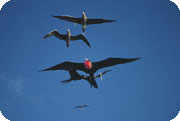
Vitelline Warbler
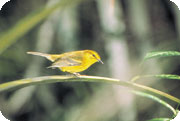
Red-legged Thrush
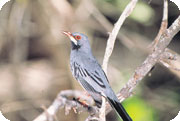
Great Egret
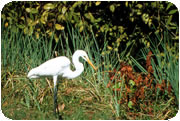
Whistling ducks
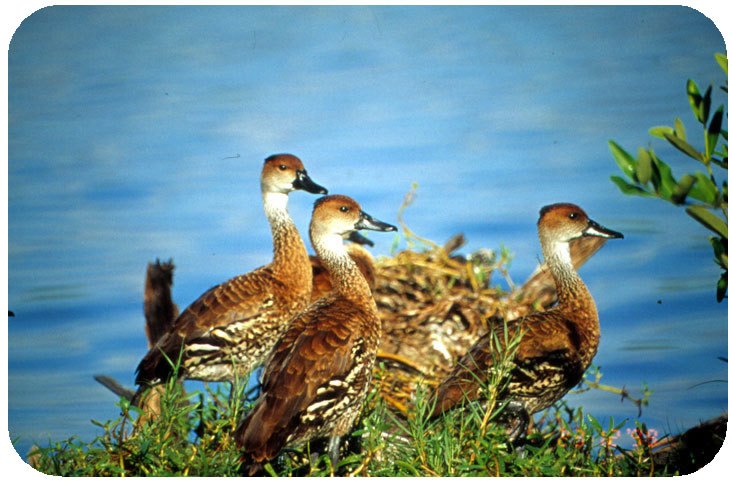
White-tailed tropicbird
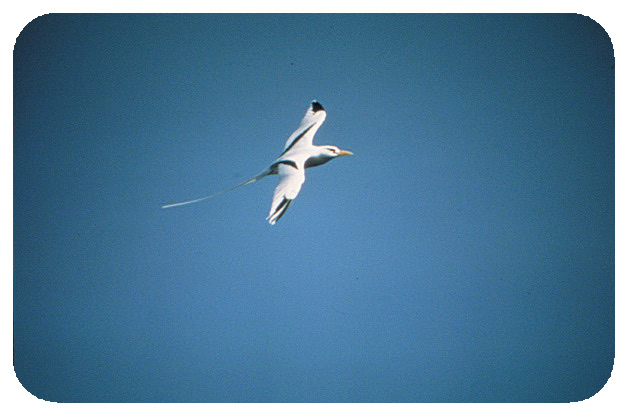
Red-footed booby Brown adult in flight
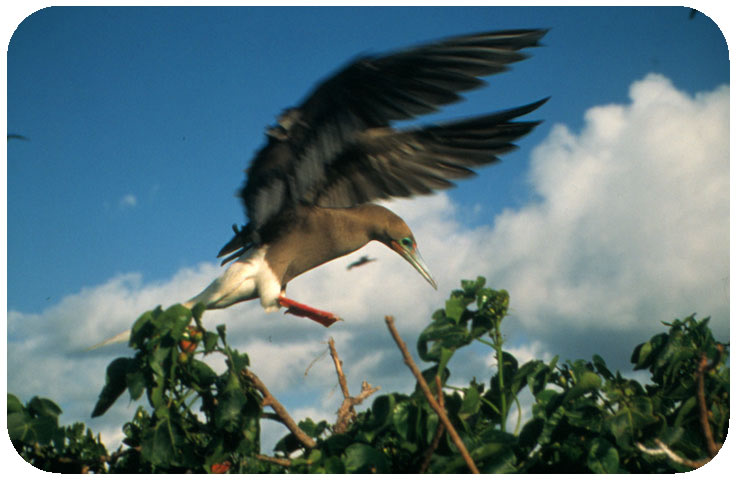
Red-footed booby White adult

Red-footed booby Chick in nest
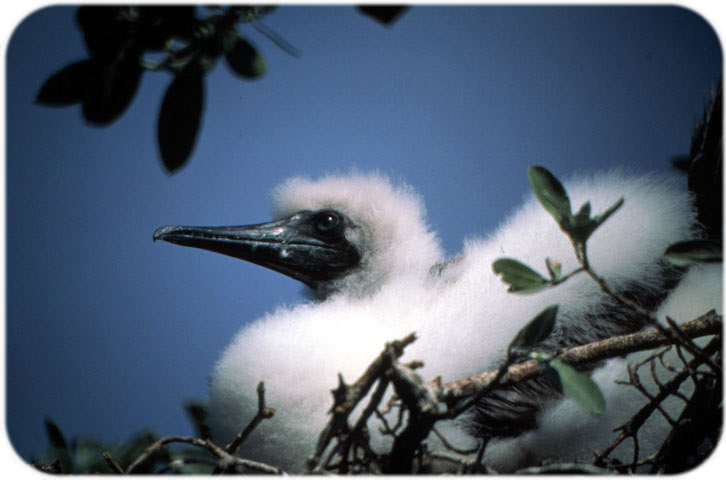
|





